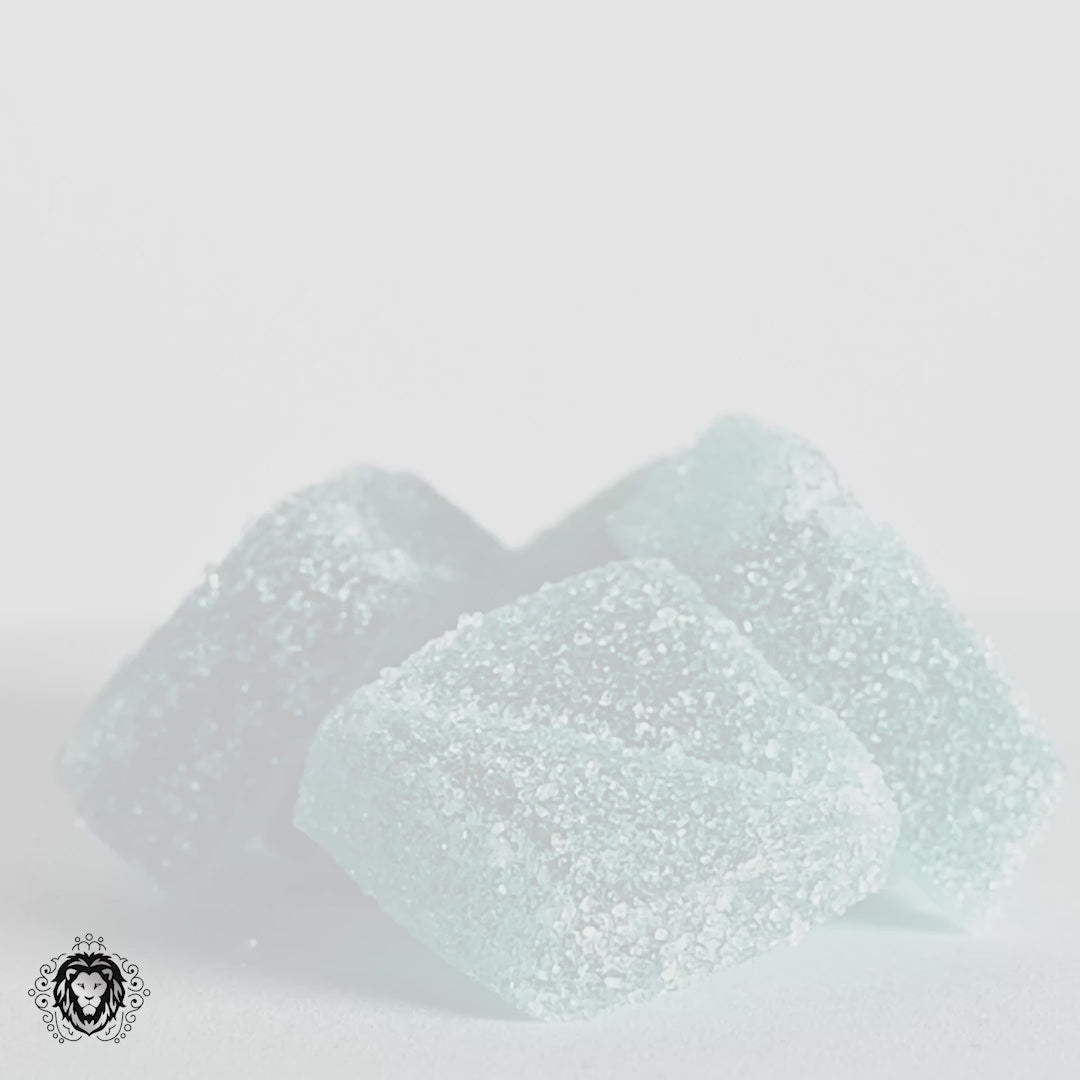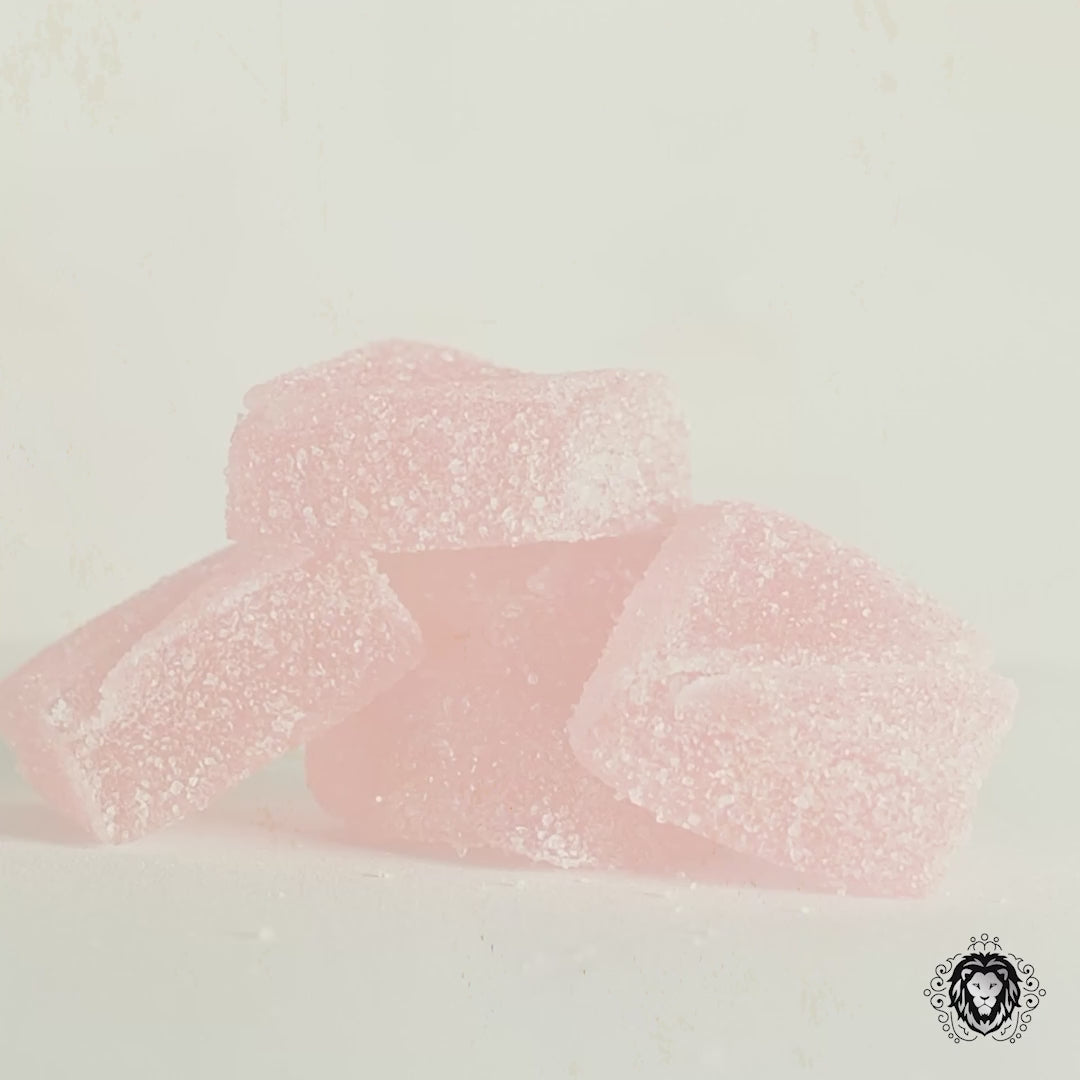The 11th annual event will also include a visit to one of the world's largest renovation projects involving the use of hempcrete.

Hemp as an environmentally friendly and cost-effective replacement for traditional construction materials will again be the focus at this year's International Hemp Building Symposium set for Amsterdam Oct. 10-11. As first reported by Hemp Today, innovators, engineers and architects from across the globe are set to gather for one of the most unique and potentially planet-saving events in the hemp industry.
One of the main focus items for attendees will be an in-depth examination and exploration of newly developed prefabricated building components composed primarily of hempcrete and hemp fibers. With the Earth continuing to warm due to climate change, more and more countries are looking for ways to reduce their carbon footprints, and hemp construction is one of the most exciting and effective solutions for addressing the dire global issue.
The main building compound produced from hemp, known as "hempcrete," is made by mixing hemp hurd, the inner woody core of the hemp plant's stalk, with an organic lime-based binder and water. It's a non-structural compound, meaning buildings still require a traditional foundation and frame.
Some of the benefits include (Way of Leaf):
- Excellent Insulator
- Extremely Lightweight
- Capable of handling a greater degree of movement than concrete
- Exceptionally durable, it can last hundreds of years
- Non-toxic and good for the environment. Excellent Carbon Sequestration
- Highly resistant to mold and moisture
Of those, insulation, moisture handling (mold resistance), and carbon sequestration are what truly excite advocates for the use of hemp-based construction materials.
Climate change is one of the greatest threats facing the planet. Building structures are responsible for almost half of all greenhouse emissions during the construction, heating, cooling, and maintenance of those buildings. Hempcrete has the potential to significantly reduce greenhouse gas emissions at each of these stages, making it a truly sustainable building material.
Instead of emitting carbon dioxide, hempcrete sequesters it during the structure's life. As plants grow, they absorb carbon from the surrounding atmosphere, and due to its rapid growth rate, hemp can lock up more carbon per hectare than just about any other plant, including trees. When harvested, mixed with lime and water, and put into a building, it locks up that carbon for the structure's lifetime.
This year's symposium will focus on the new advancements in creating prefabricated components from hemp-based materials. Steven Clarke of Heavengrown, the developer of a new hemp block in Mexico, will be on hand to present his product. Likewise, Robert Schwemmer of Silent Fiber, Germany, and Werner Schönthaler of Schönthaler, Italy, will also be in attendance to discuss the development of hemp acoustic panels at the event.
Echoing the main draw at this year's gathering, Steve Allin, director of the International Hemp Building Association (IHBA) and organizer of the symposium, said, "Many companies and groups of entrepreneurs are looking into making a local version of hempcrete blocks or panels."
"Many companies and groups of entrepreneurs are looking into making a local version of hempcrete blocks or panels."
- Steve Allin, Director of the International Hemp Building Association (IHBA)
Also included during the event will be a presentation of a new easy-to-build system from a team in the UK by Chloe Donovan of Natural Building Systems, as well as a series of projects featuring a system of panels filled with hemp fiber insulation created by Remi Loren and his Swedish-based company, Ekolution.
Participants will also be treated to a field trip this year to view and learn about the ambitious and massive hempcrete casting rebuild of the Voorst town hall in Twello, Netherlands. Initially constructed in the 1980s, the building was a typical structure from that period, complete with terrible energy-efficiency capabilities and environmental hazards. Allin and the other event organizers hope to plant the seeds for other potential retrofits and rebuilds of similar buildings worldwide.
However, this year's true showstopper will be the unveiling of a revolutionary new concept that combines hemp composite and mycelium into a formidable and reliable building material. Igmar Nopens of CBiotech in the Netherlands will be on hand to explain the unusual hemp-and-mycelium hybrid and how it can further the effort to replace environmentally unsound and damaging construction materials with more eco-friendly and sustainable alternatives.
Regarding the new compound, Allin, one of the world's foremost international practitioners and teachers of natural building, said, "I remember being very skeptical when I first heard about the use of dried fungus root being proposed as a building material, but it has since proved its worth."
"I remember being very skeptical when I first heard about the use of dried fungus root being proposed as a building material, but it has since proved its worth."
- Steve Allin, Director of the International Hemp Building Association (IHBA)
The two-day event is expected to be one of the best attended and most anticipated in the IHBA's short but eventful history. This year's symposium, which comes on the heels of the "world's hottest summer" on record, could potentially have a far-reaching and significant impact not only on the future of engineering, architecture and construction but also on the ultimate survival of Earth itself.
It is beautifully poetic and yet baffling that the solutions to all the environmental ills created by humankind should come from the very planet humans seem hellbent on destroying. Hopefully, the message is received, and there is still time to reverse course and set a new one for the healing and cooling of Mother Earth.






































